The Japanese Fir (Abies firma) is a resilient, needled evergreen that belongs to the Pinaceae family. Native to Japan, this woody tree thrives in hardiness zones 6 through 9 and is known for its ability to withstand hot, humid climates. Reaching heights of up to 18 meters, it’s an excellent choice for adding vertical interest or creating a natural privacy screen in your landscape.
With its dense, lush foliage and low-maintenance nature, the Japanese Fir is also a popular pick as a living Christmas tree. Its durable, hewn or sawn timber is commonly used in light construction, including wall paneling, making it a multipurpose addition to both gardens and woodworking projects.
Ideal for sunny locations, this tree brings both beauty and practicality to home gardens and larger properties alike.
| Common name | Japanese Fir, Momi Fir |
| Botanical name | Abies firma |
| Family | Pinaceae |
| Species | firma |
| Origin | Japan |
| Life cycle | Woody |
| Plant type | Tree |
| Hardiness zone | 6, 7, 8, 9 |
| Sunlight | Full Sun |
| Maintenance | Low |
| Soil condition | Clay |
| Soil ph | Acid |
| Drainage | Well-Drained |
| Growth rate | Slow |
| Harvest time | Summer |
| Flowering period | Spring |
| Height | 4- 70 ft. |
| Width | 4- 70 ft. |
| Leaf color | Green |
| Fruit color | Brown, Copper |
| Stem color | Brown, Copper |
| Fruit benefit | Showy |
| Leaf benefit | Fragrant |
| Uses | Naturalized Area |
I. Appearance and Characteristics
Abies firma, the momi fir, is a species of fir native to central and southern Japan, growing at low to moderate altitudes of 50–1200 m.
Abies firma is a medium-sized to large evergreen coniferous tree growing to 50 metres (160 ft) tall and 2 metres (6 ft 7 in) in trunk diameter, with a broad conical crown of straight branches rising at an angle of about 20° above horizontal. The bark is scaly grey-brown, with resin blisters on young trees. The shoots are grooved, buff to grey-brown, glabrous or finely pubescent.
The leaves (“needles”) are flattened, 2–5 centimeters (0.79–1.97 in) long and 2–4 millimeters (0.079–0.157 in) broad, spread at nearly right angles from the shoot; the apex is sharp, bifid (double-pointed) on the leaves of young trees, single-pointed on mature trees. They are bright green above, and grayish-green below with two broad stomatal bands.
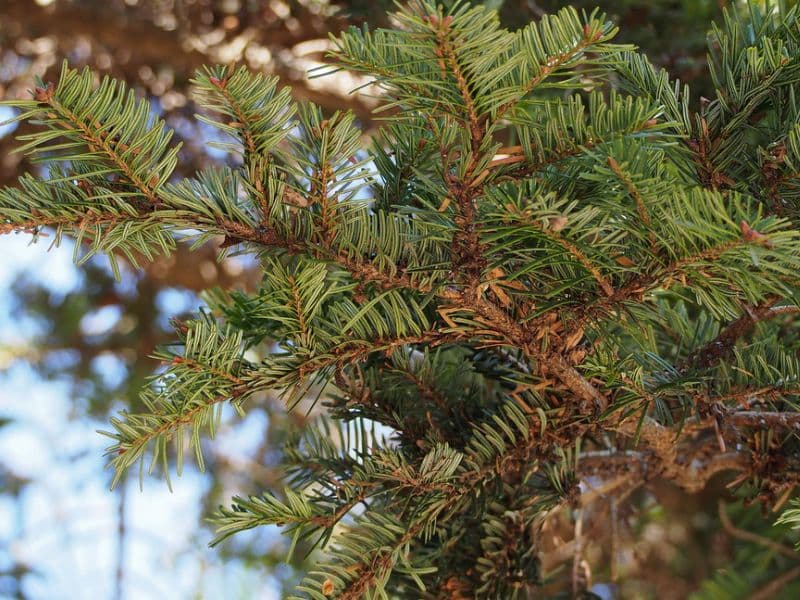
The cones are 7–15 centimeters (2.8–5.9 in) long by 3–5 centimeters (1.2–2.0 in) wide, green maturing yellow-brown, tapering to a 2–3 centimeters (0.79–1.18 in) broad bluntly rounded apex. The scale bracts are exerted 3–6 millimeters (0.12–0.24 in), triangular. The seeds are 7–9 millimeters (0.28–0.35 in) long with a wedge-shaped wing 1.5 centimeters (0.59 in) long, and are released after the cones disintegrate at maturity in October.
II. How to Grow and Care
Sunlight
Momi fir thrives in conditions of full sun where it can bask in unfiltered light for most of the day. Despite this preference for direct sunlight, momi fir exhibits a commendable adaptability to partial sun conditions. While this slight decrease in light may slightly slow its growth rate, the plant maintains robust health, albeit with potential subtle variations in foliage density and growth habit. Momi fir’s resilient nature in light adaptability ensures successful cultivation outdoors, with the understanding that optimal positioning includes areas that optimize sun exposure while offering relief during the harshest light intensity of the day.
Temperature
Native to North and Central America, Europe and Asia, the momi fir prefers summer temperatures to be between 18 ℃ and 21 ℃. If temperatures rise and stay above 27 ℃ for too long, the tree will suffer. Conversely, if the temperature drops below -20 ℃ for an extended period in the winter, the tree may struggle to survive. The momi fir is best suited to mountain regions where it mostly grows in the wild, meaning that it can be a challenging tree to keep healthy in the Southern Hemisphere, unless it is at a high elevation.
Watering
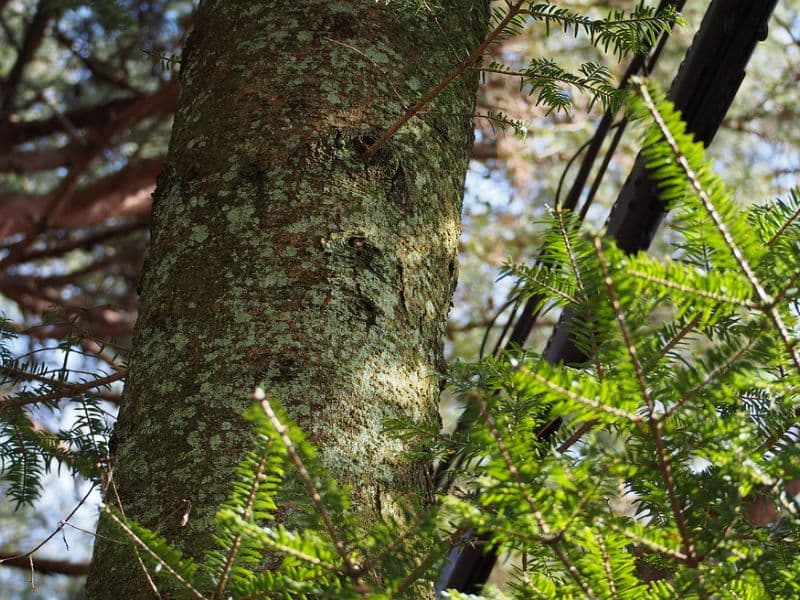
Thriving in its native mountainous terrains, momi fir is accustomed to consistent moisture levels, yet exhibits a commendable adaptability to drier conditions. It maintains a balance between hydration and drought tolerance, indicative of its resilience. For optimal growth, momi fir benefits from watering once every 1-2 weeks. As an evergreen plant commonly grown outdoors, momi fir’s needle retention is greatly influenced by adequate soil moisture which supports its year-round foliage display.
Soil
The optimum soil for your momi fir would be a sand or loam soil that is well-draining, with a pH value of 6-6.5 (so slightly acidic). While the soil should stay moist and not dry out for long periods, try to avoid clay soil – this compacts easily and does not drain well, resulting in your momi fir becoming waterlogged.
Fertilizing
Fertilize momi fir annually with a balanced nutrition fertilizer, suitable for conifers, in early spring to support vigorous growth and root health. Apply as directed, avoiding overuse to prevent root burn. Incremental feeding according to the growth phase enhances resilience and foliage density. Adjust applications based on the plant’s response and seasonal growth changes. For effective fertilization, lightly incorporate fertilizer into the soil around momi fir, and water thoroughly after application. Always follow safety guidelines to protect momi fir from chemical damage.
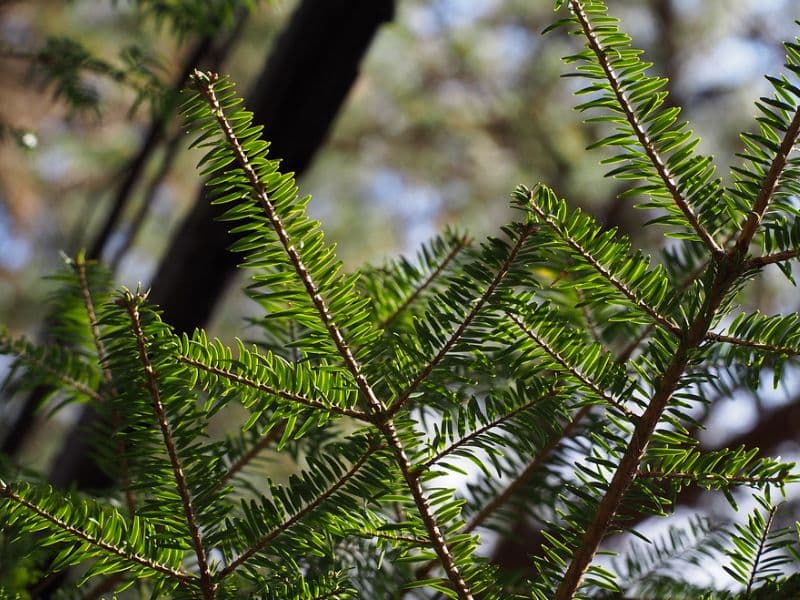
Planting Instructions
Depending on the variety, the momi fir can reach up to 100 m in height, with its foliage extending to around 10 m. The trunk can grow to a diameter of 4 m, so it is essential to give your trees enough space when planting – keep them about 20 m apart., Plant your momi fir in late fall or winter, once the tree is dormant. Choose a day when the ground is not too waterlogged or frozen and plant in an area that is sheltered from the wind, with fertile, well-draining soil.
Dig a hole that is slightly wider than the root ball and just deep enough to cover the roots, before filling the hole with soil and watering generously. If there is a risk of high winds, you may wish to stake your momi fir to reduce the risk of the tree getting blown over. Finally, spread a 8 cm thick layer of mulch around the base of the tree, around a 51 cm radius, to promote healthy growth. Leave a small gap of 8 to 13 cm around the trunk to allow for some water to evaporate., Keep the soil quite moist for the first few weeks after planting to help your momi fir become established.
Pruning
The momi fir is a very low maintenance tree and requires little pruning. Other than for aesthetic purposes, the primary need for pruning is to remove dead, damaged, or diseased branches. The best time to prune is in late winter or early spring, just as the tree comes out of its dormant state – this can encourage new growth.
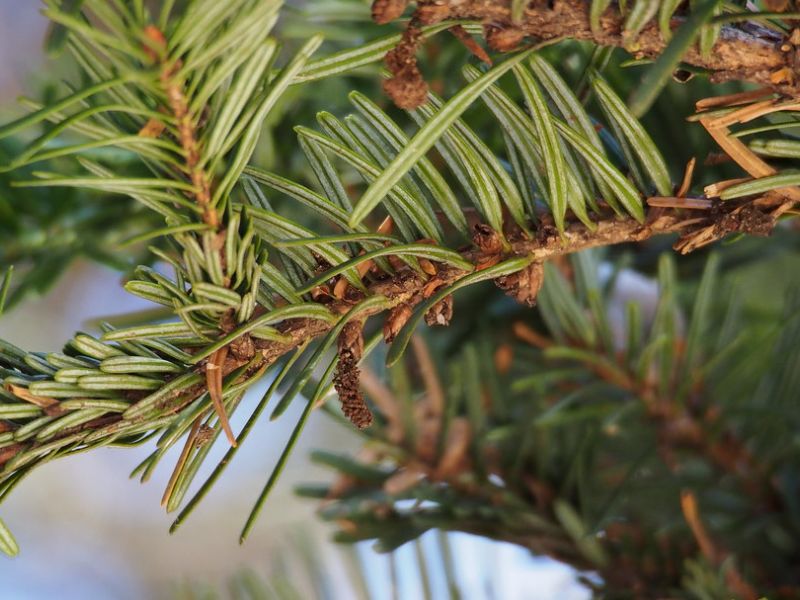
When pruning, focus on removing branches that are growing at a strange angle and rubbing against other branches, as this friction can become an entry point for disease. This is best done in a period of dry weather, but if this isn’t going to be possible for a while, it is best to deal with the problem a little sooner, regardless of the weather. Once you have removed problem branches, burn them instead of placing in a compost bin, as this can spread potential diseases.
Propagation
The easiest and most common way of propagating the momi fir is with cuttings, either from softwood or hardwood. Take softwood cuttings in late spring and hardwood cuttings in late fall when the tree has entered dormancy. Though softwood cuttings do tend to root quicker than hardwood (3-4 weeks instead of 4-6 months), they are more tender and will need a lot more monitoring to ensure they do not dry out.
III. Uses and Benefits
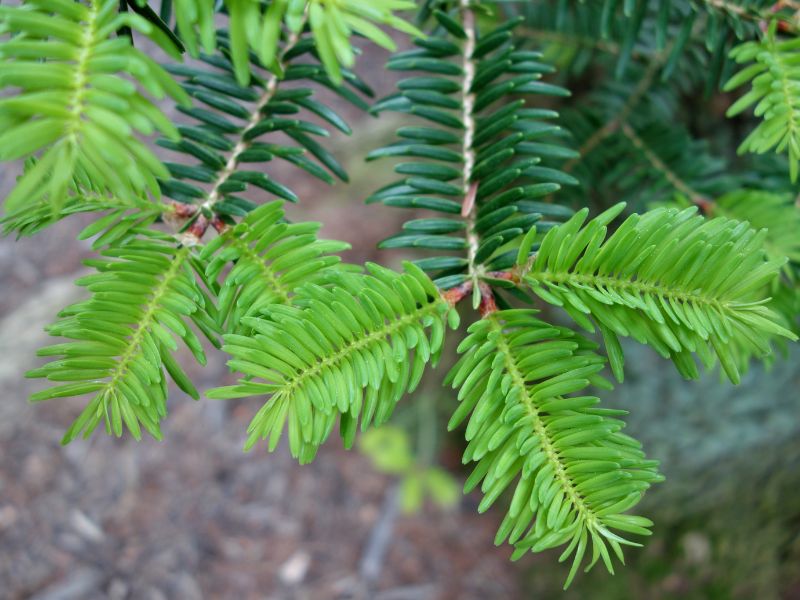
Momi fir is sometimes, but not commonly, used as an ornamental tree, particularly in warm temperate regions with hot, humid summers such as the southeastern United States. It is also used as a grafting understock for fir cultivars in these areas.
Find Where to Buy the Best Japanese Fir (Abies firma)



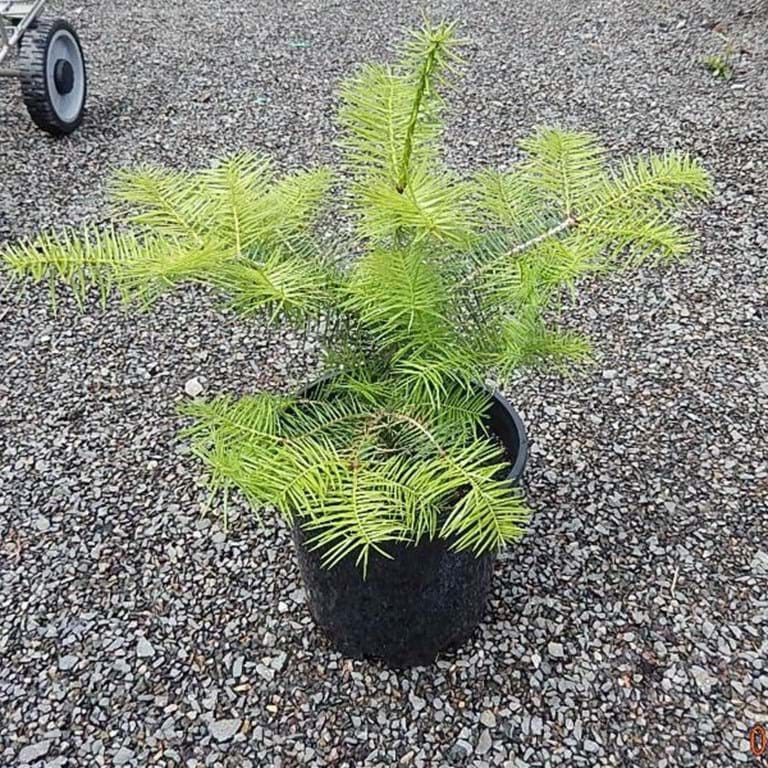

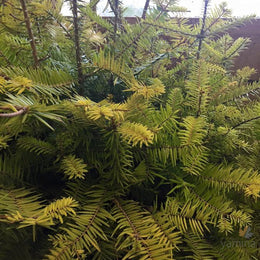








Leave a Reply